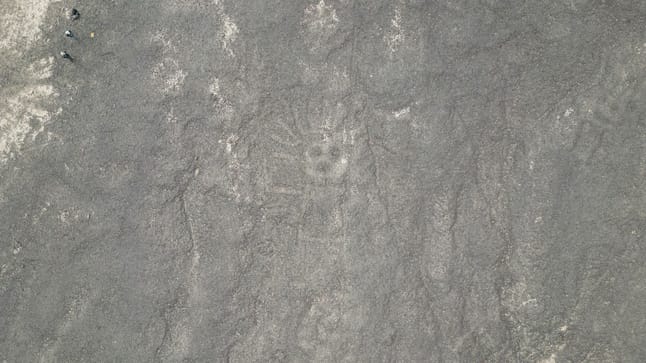Scientists have discovered hundreds of previously unknown geoglyphs in the Peruvian desert. These ancient images, etched into the ground, were found with the help of artificial intelligence and satellite imagery.

Researchers in southern Peru have uncovered 303 new geoglyphs, adding to the already famous Nazca Lines. These newly discovered etchings, known as Nazca geoglyphs, depict a variety of figures, including humans and animals. The findings were published in the journal Proceedings of the U.S. National Academy of Sciences (PNAS). With these recent additions, the total number of identified geoglyphs in the area now stands at 733.
The breakthrough was achieved using advanced technological methods, including satellite images, aerial photographs, and artificial intelligence. Traditionally, the identification of these ancient ground drawings was a slow and sometimes dangerous process. However, according to Masato Sakai from Yamagata University, the use of artificial intelligence enabled faster and more accurate mapping of the geoglyphs.
A rich historical legacy
The Nazca Lines, thought to be over 2,000 years old, are giant designs carved into the desert floor. They depict various motifs, such as monkeys, birds, whales, spiders, and humans. While the exact purpose of the geoglyphs remains a mystery, it is widely believed that they served some form of ritual or ceremonial purpose.
In 1994, UNESCO declared the Nazca Lines a World Heritage Site, recognizing their cultural significance. Since the 1940s, archaeologists conducting field research had identified 430 figurative geoglyphs. The discovery of these new images significantly expands our understanding of these ancient works of art and their historical context.
The use of modern technology, particularly artificial intelligence, marks a new era in the exploration and preservation of these ancient sites, promising further discoveries in the years to come.









